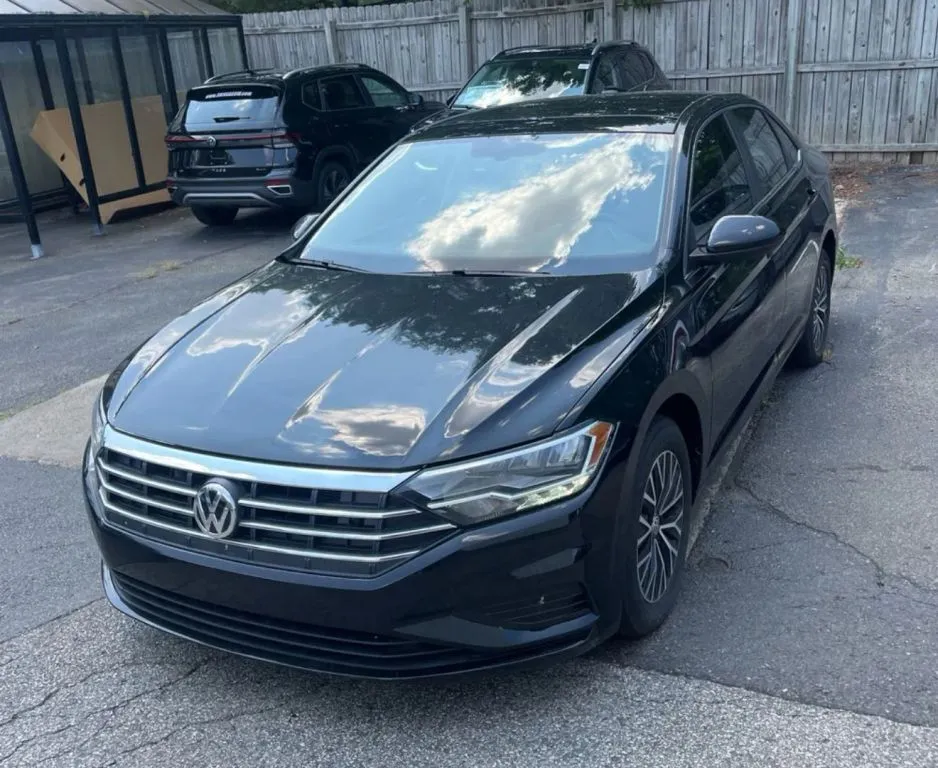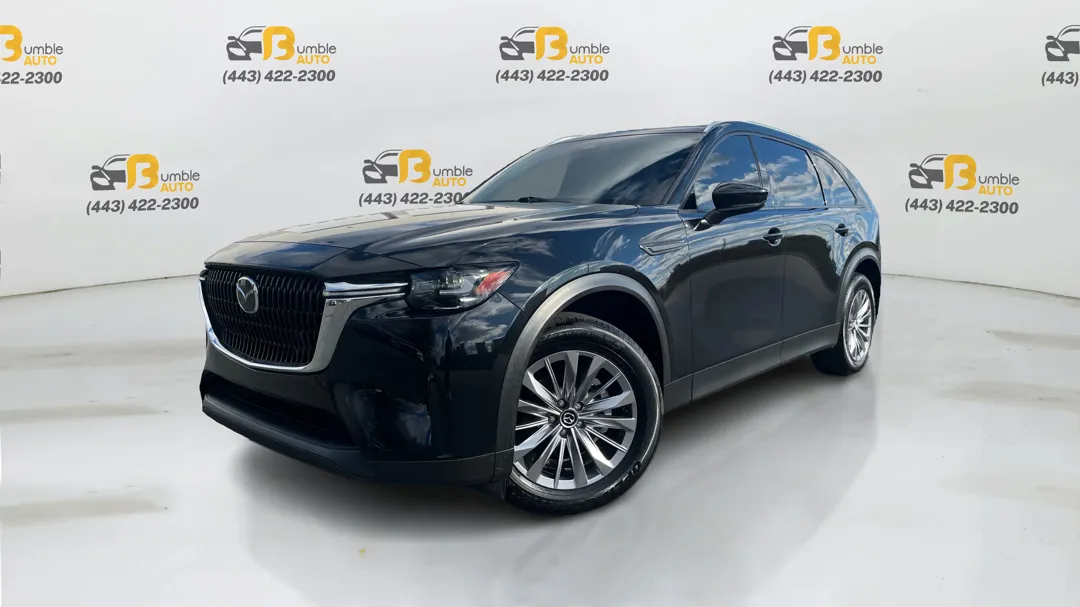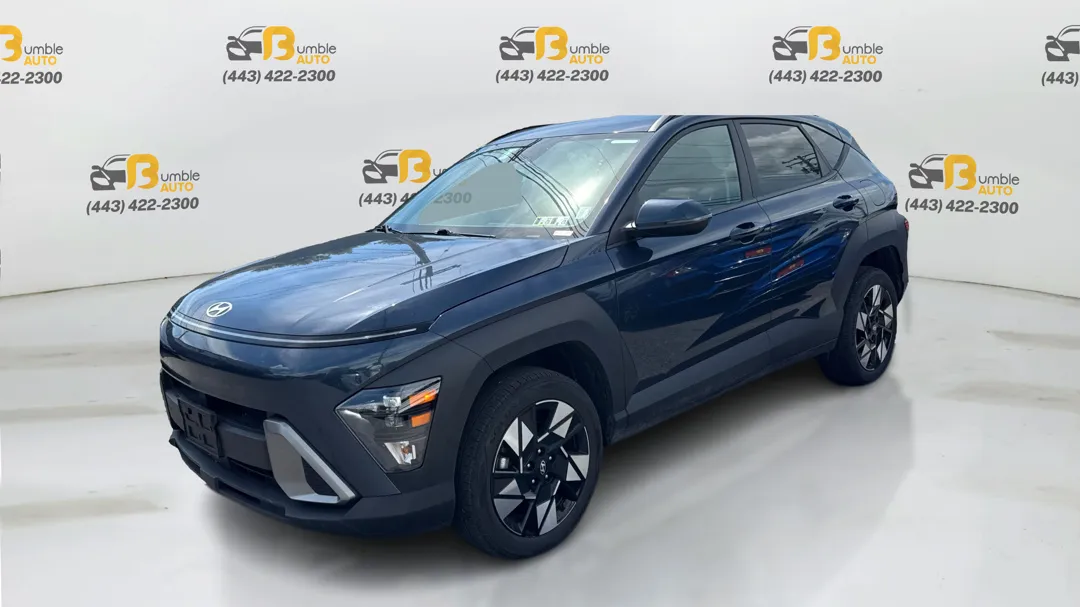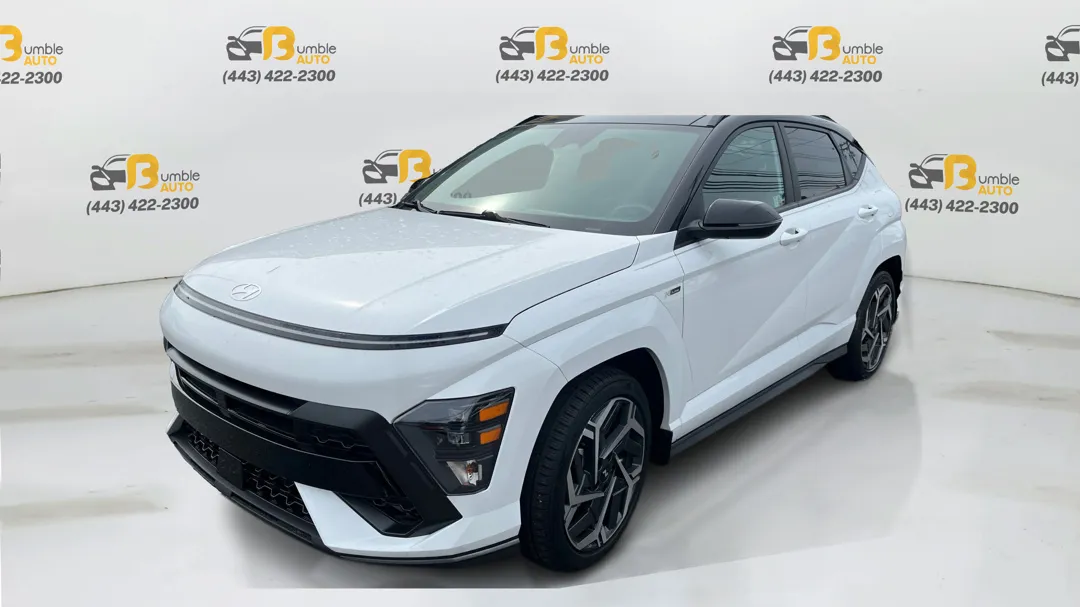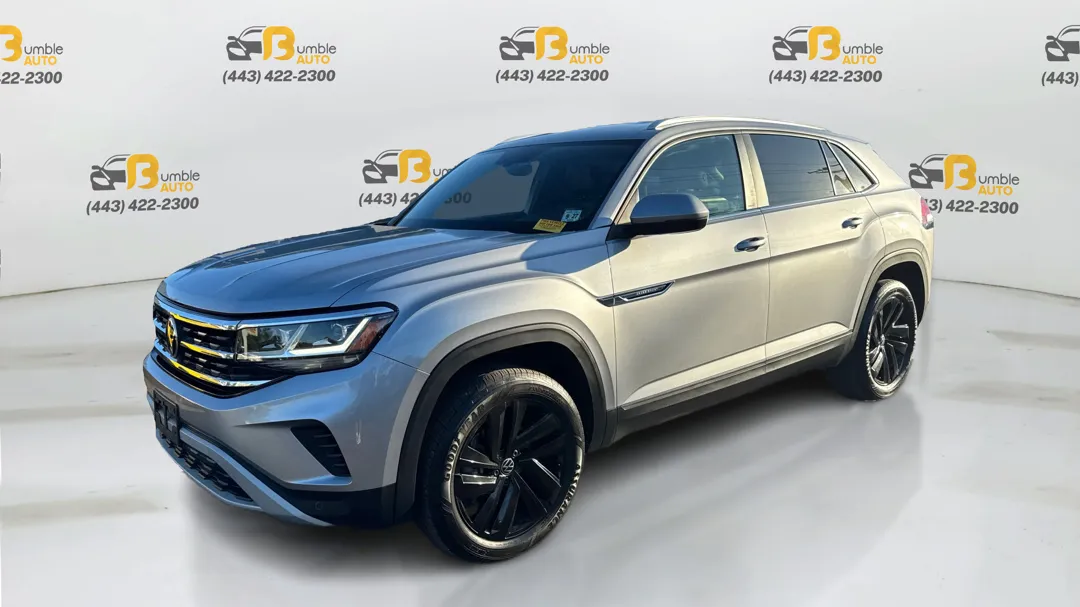Bumble Auto Winter Car Maintenance Checklist 2022
Table of Contents
- Bumble Auto Winter Car Maintenance Checklist 2022
- HOW DO I PREPARE MY CAR FOR WINTER?
- 1. TEST BATTERY
- 2. REPLACE WINDSHIELD WIPERS WITH WINTER WIPER BLADE
- 3. CHECK TIRES
- 4. CHECK COOLANT LEVELS
- 5. CHECK LIGHTS
- 6. CHECK ENGINE BELTS
- 7. CHANGE ENGINE OIL
- 8. WASH YOUR CAR
- 9. CHECK BRAKES
- 10. CLUTCH MAINTENANCE
- NOTE
Bumble Auto Winter Car Maintenance Checklist 2022

Winter always seems a tempting season to have a road journey. Before having a road trip, it is necessary to prepare your car for winter season. There happen so many car accidents in Maryland in winters because people won’t follow the preparing their car for winter checklist. You must be aware of such preparing your car for winter season checklist to make your road trip safe. This Bumble Auto winter Car Maintenance Checklist is a detailed winter guide according to Maryland road trips guidance . This winter vehicle maintenance checklist is nearly the same as your normal car maintenance tips in general like battery checks and tires replacement along with some additional precautions for winters. You will find everything in this winter car maintenance checklist that you would need to drive confidently on roads with your family.
HOW DO I PREPARE MY CAR FOR WINTER?
You can winter-proof your car by following this detailed preparing your car for winter checklist. These 10 critical points assure a safe journey in winters.
1. TEST BATTERY
Normally a battery’s performance starts decreasing, in winters, due to excessive use of a heater – battery provides a sluggish start. Cold temperatures also decrease the battery life because it takes a lot of power to start the engine when it is cold. Furthermore, cracked or corroded battery cables don’t work well in winter. So, it is recommended to test the battery power before a road trip in winter season.
2. REPLACE WINDSHIELD WIPERS WITH WINTER WIPER BLADE

Use winter wiper blades instead of windshield wipers. When using winter wiper blades, make sure they clean well in each swipe. Furthermore, make sure that these blades won’t leave scratches on the windscreen. If they do so, you won’t be able to see through the screen. In this case, replace them with new ones. Walmart auto center and many others may help you with getting a suitable winter windshield.
3. CHECK TIRES
In winter, air pressure in the tires decreases due to low temperature; therefore, it is always recommended to check the tire pressure after each week in winters. Check the tread depth of all four tires. If their tread depth is less than 3/32 inches, replace them with new tires. Try to use tires that are specially designed for the winter seasons. These snow tires provide enough friction on wet and icy roads.
4. CHECK COOLANT LEVELS

Make sure the overflow tank contains enough coolant for a cold engine. If the coolant level is low, then add a mixture of a 50/50 solution of coolant and water in an overflow tank. This will keep its antifreeze capacity at its best. Antifreeze devices can test the coolant level of a cold engine.
5. CHECK LIGHTS
Car lights are extremely useful in the winter because of the frequent darkness on a road. It is good to check the front, rear and side indicating lights before getting on the road. Replace any car light that is no longer working.
6. CHECK ENGINE BELTS

When engine belts are not checked timely, they begin snapping. These are made from durable materials and if handled carefully, they may last for a very long time. In winter, neglecting belt maintenance may lead to wear out. If this happens, the engine won’t be able to generate enough power. According to automotive experts, you should replace your engine belts every 60000 miles.
7. CHANGE ENGINE OIL
Mineral oil starts thickening in cold weather. It takes time to get warm due to which it flows through the engine difficulty. Experts recommend the synthetic engine oil in winters because it can work at low temperatures, being thin, it can freely flow through the engine. The oil in the engine should be changed every 8000 miles.
8. WASH YOUR CAR

In some states, magnesium chlorides are used for deicing the road. It is a corrosive agent and can damage your car. Keep in touch with the car washer to prevent your car from rusting. Washing the car regularly will remove magnesium chloride and other rust-causing agents.
9. CHECK BRAKES
Check your car’s brakes and brake pads once a year. If they are worn out, replace them with a new one. Furthermore, inspect brake fluid after a specific interval of time. To keep the brake long, don’t drive the car too fast. If possible, you should slow down the car before applying the brakes. Applying less pressure may keep your car brakes safe. If the car brake light remains on, it indicates hydraulic loss and low brake fluids. If these two are fine, you may need to change your car’s brake lights .
10. CLUTCH MAINTENANCE

It is always necessary to carefully maintain the car clutch usage in winters. You should remove your foot from the clutch and put the vehicle in neutral before stopping. Otherwise, you may have to replace a car’s clutch if you keep pressing it when it is not in use. Continuously pressing the clutch can also release the bearings.
NOTE
Driving on roads in winter is safe and secure if you have prepared your car well according to the winter car maintenance checklist. If your car still breaks down even after full preparation, try to reach a nearest used car repair in Maryland .


